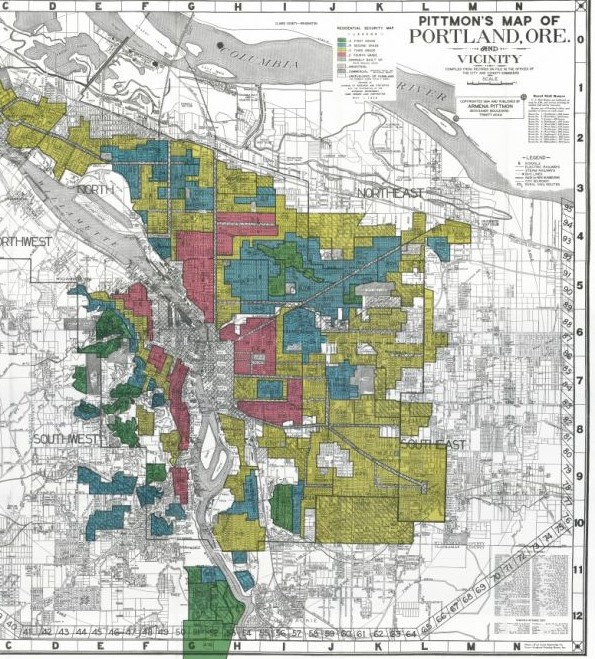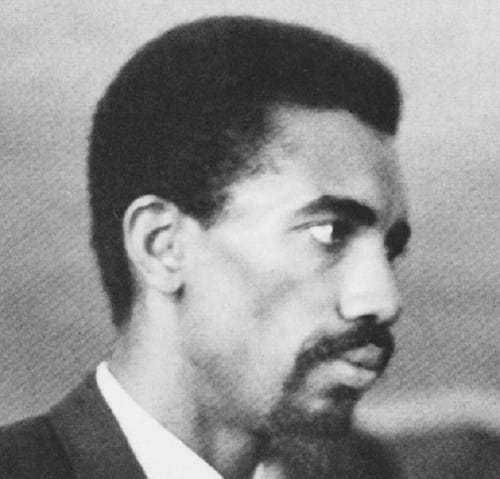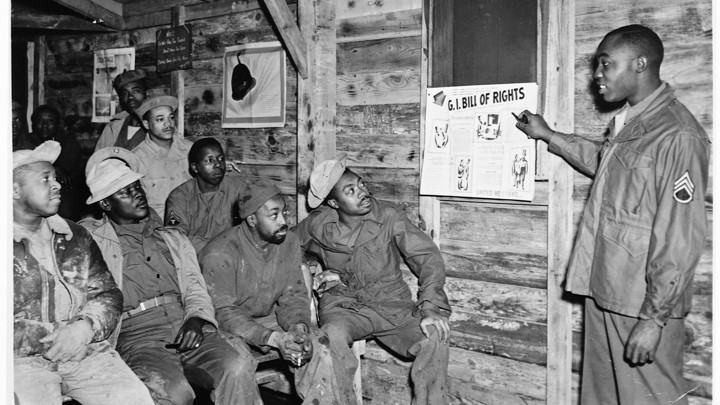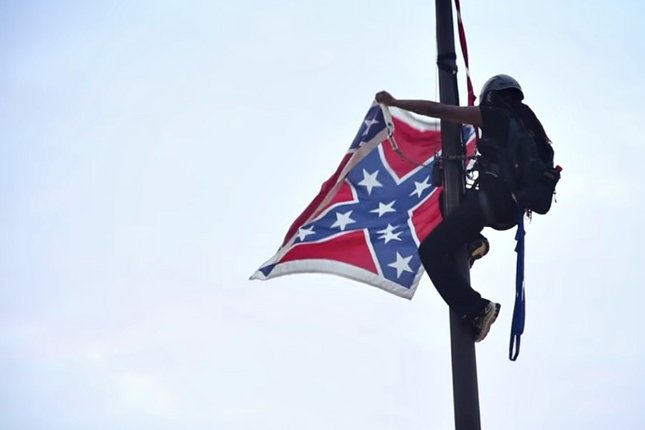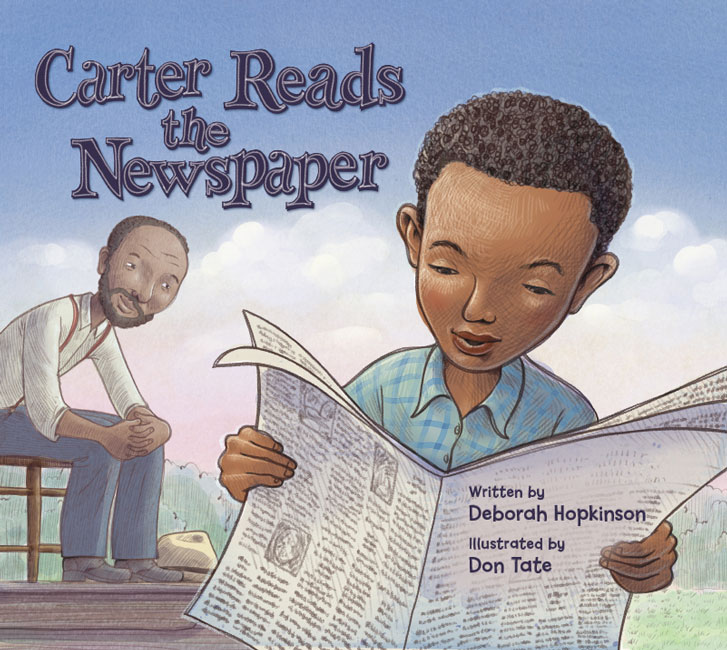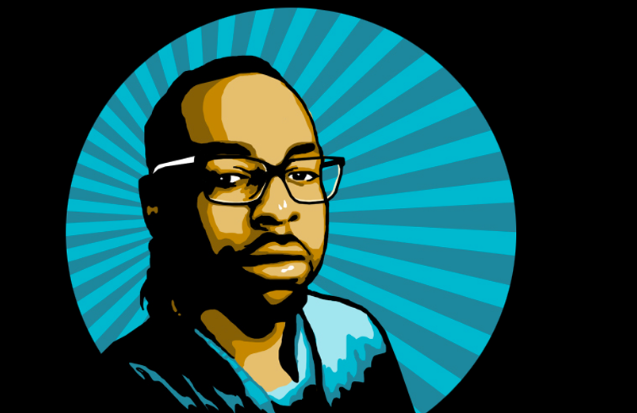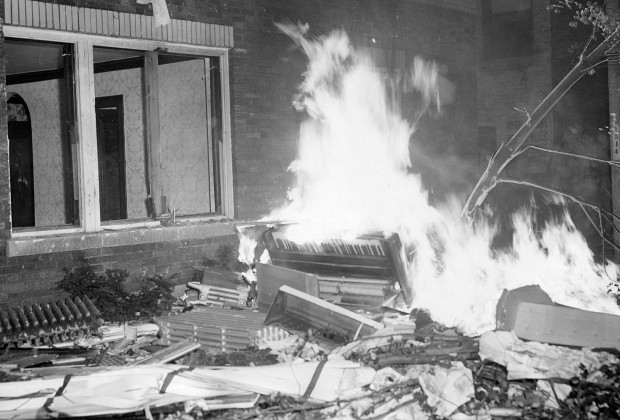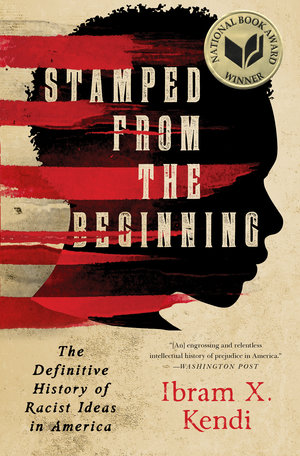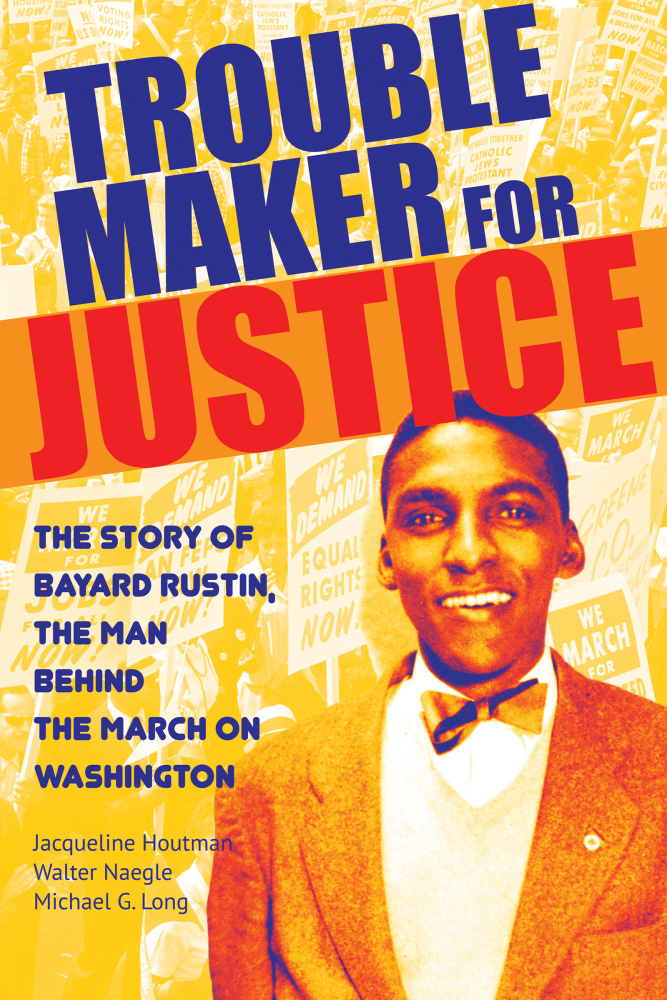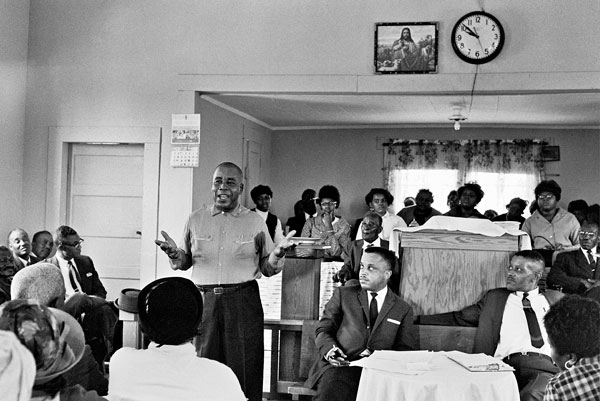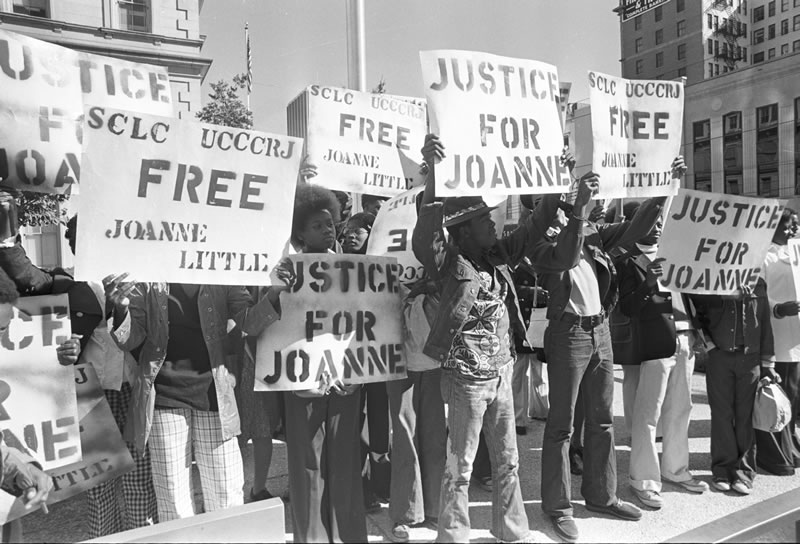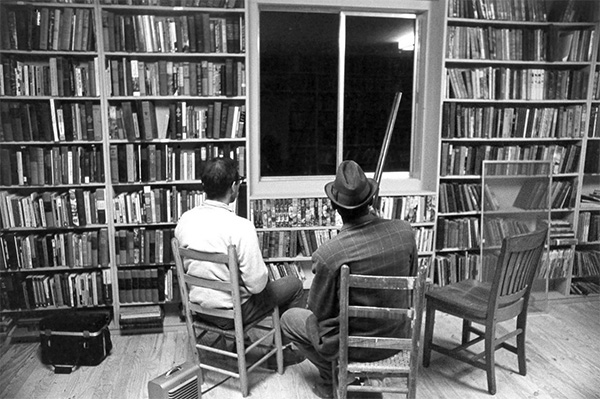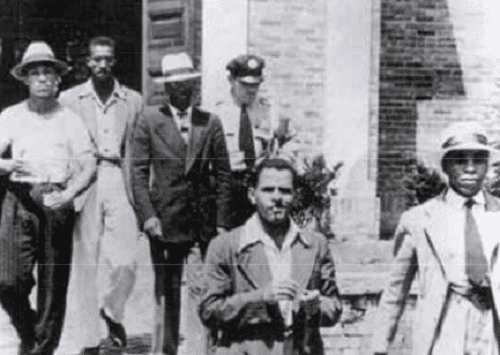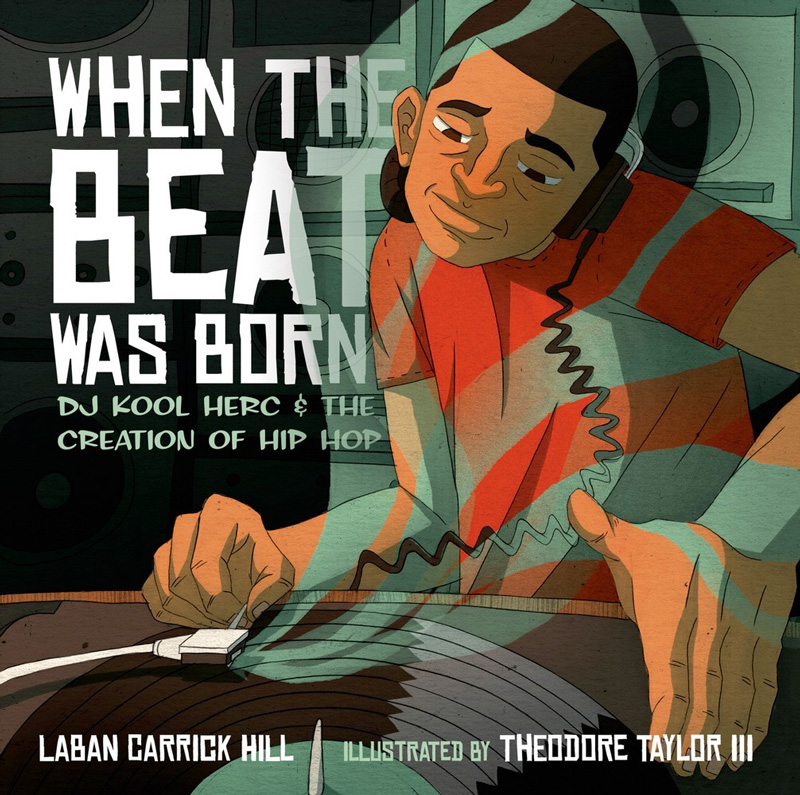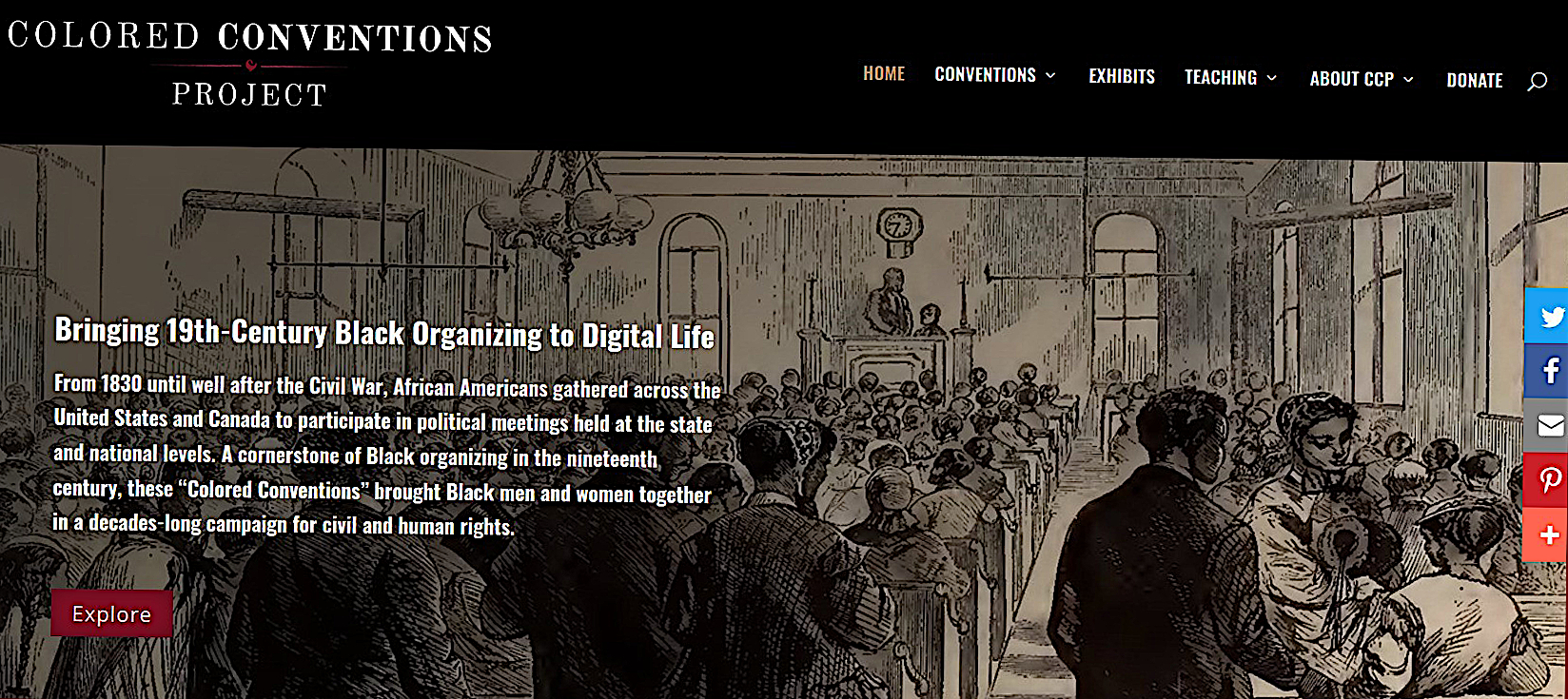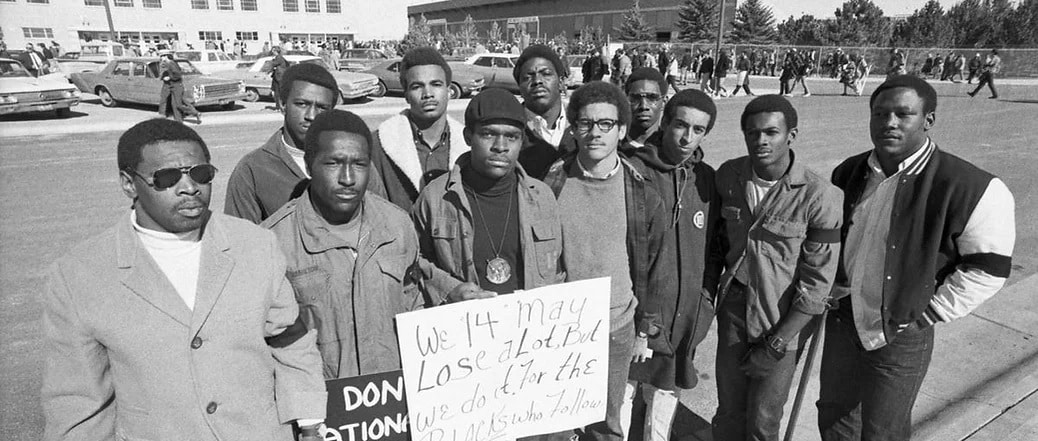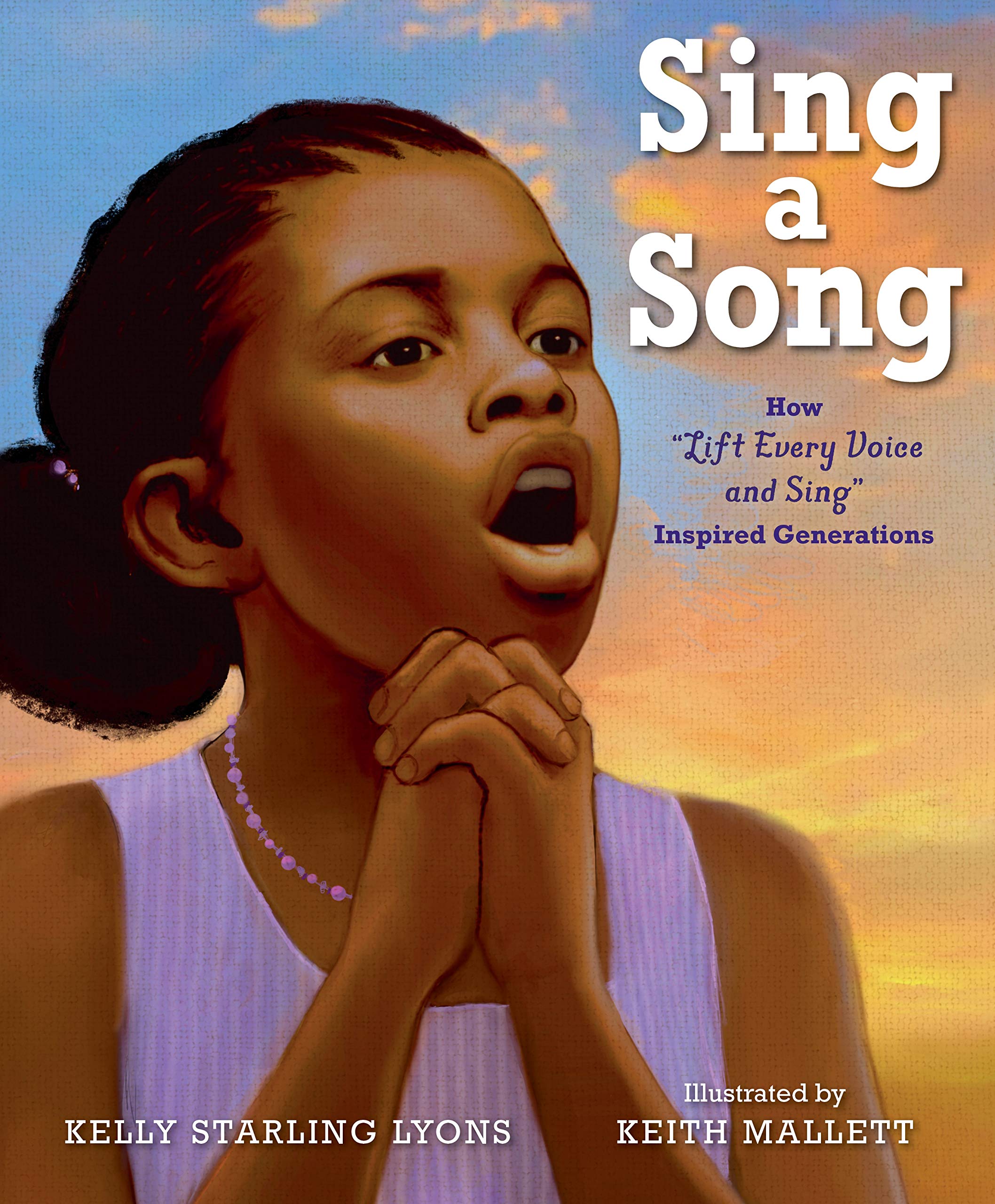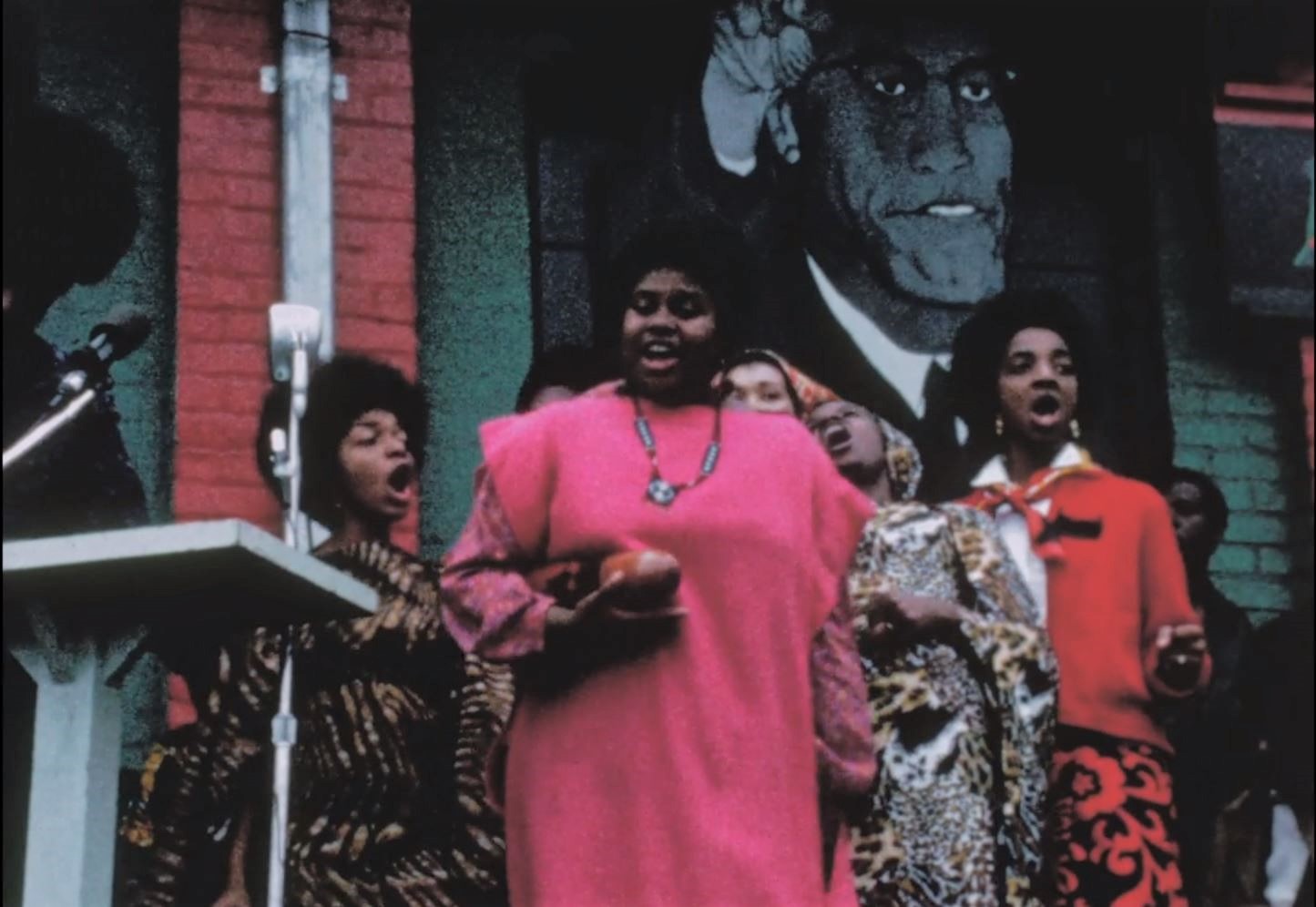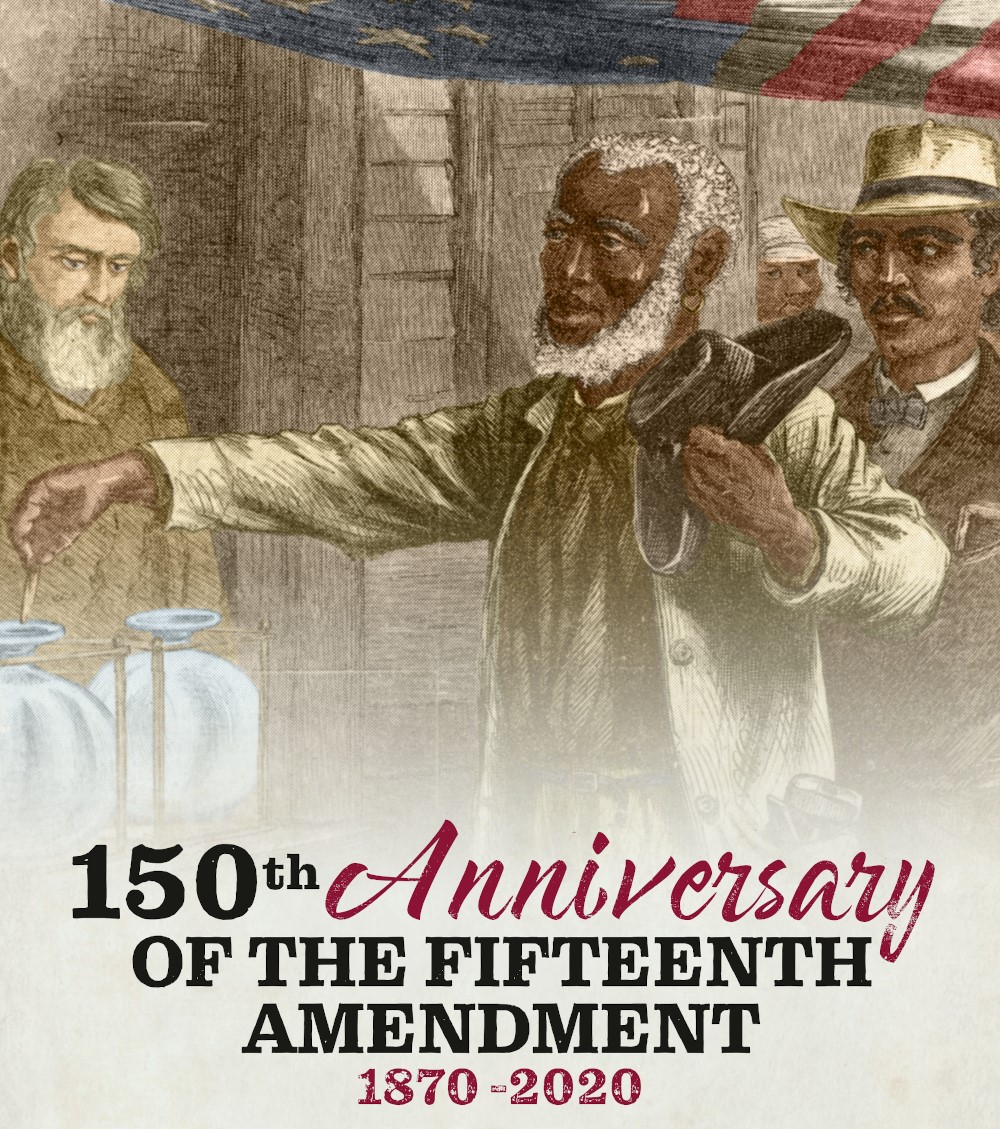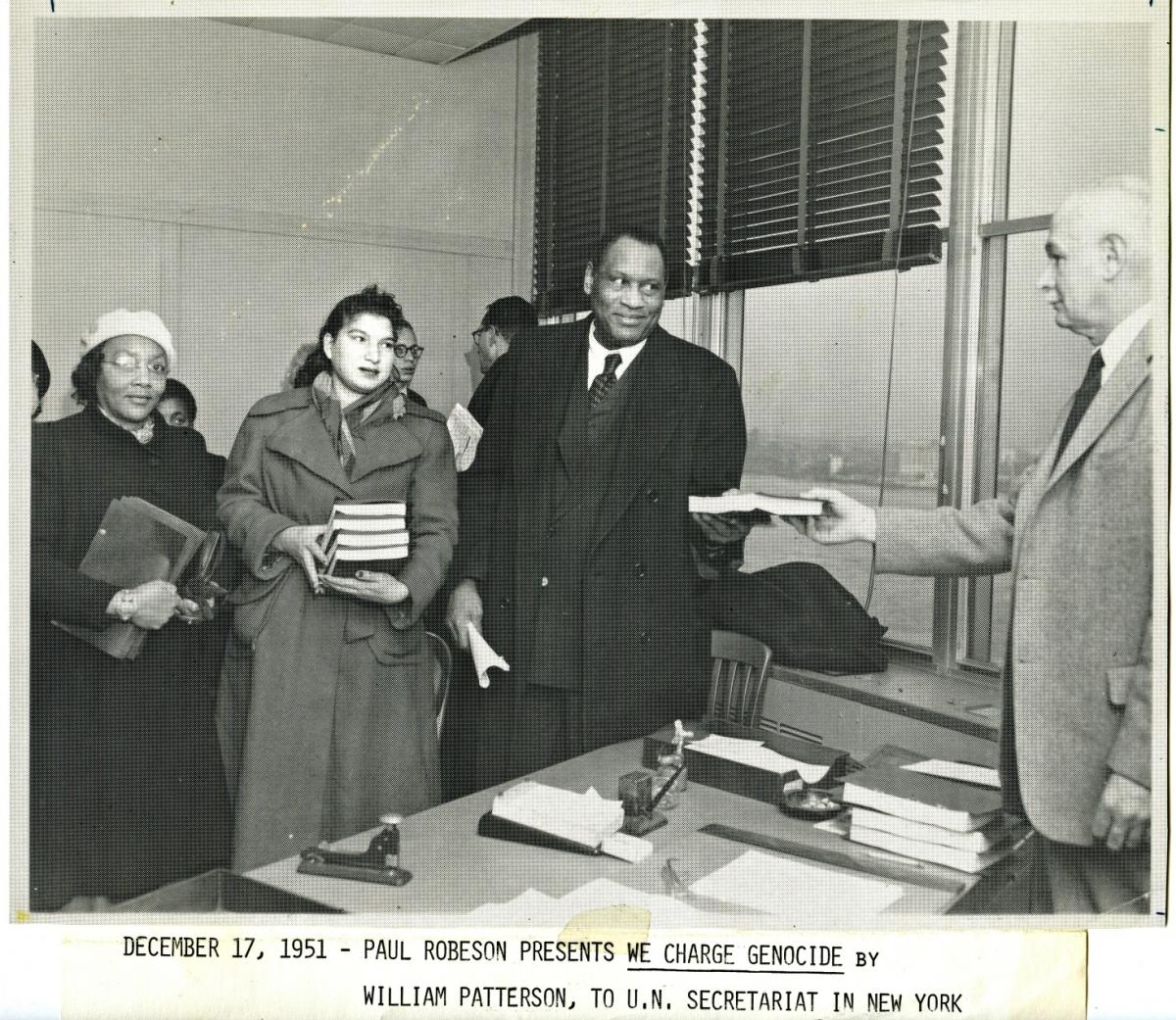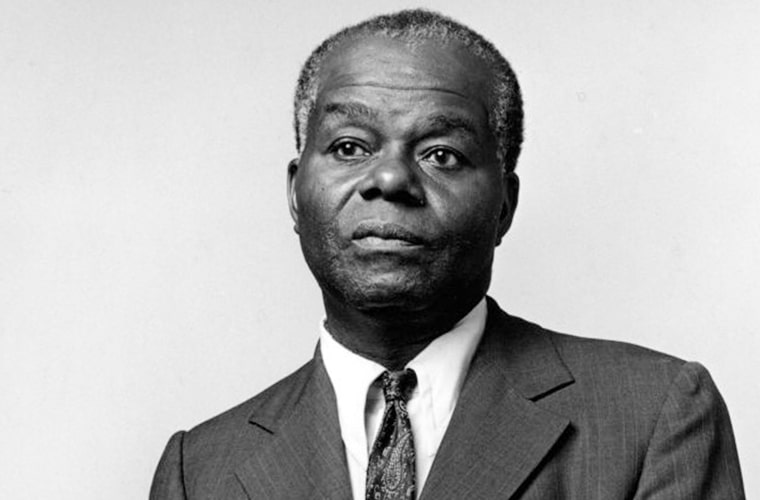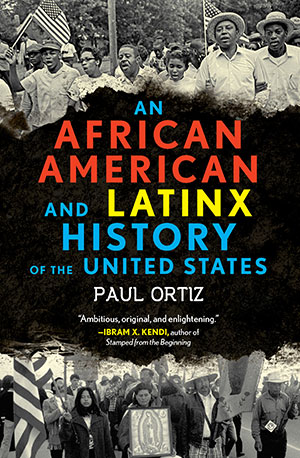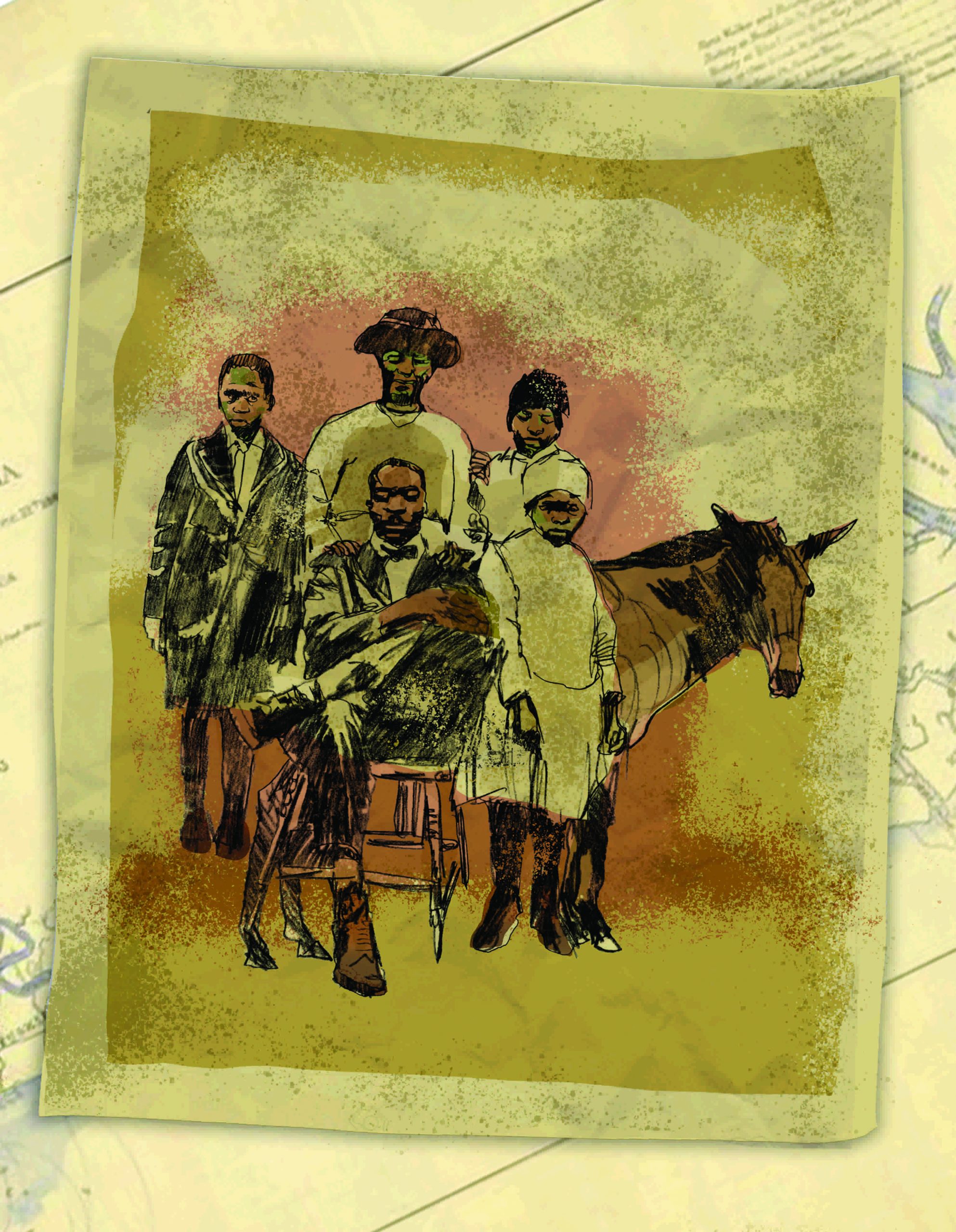Teaching Activity. By Ursula Wolfe-Rocca. Rethinking Schools.
The mixer role play is based on Richard Rothstein’s The Color of Law, which shows in exacting detail how government policies segregated every major city in the United States with dire consequences for African Americans.
Continue reading
Henry Dumas, a critically acclaimed author, was fatally shot by the New York Transit police.
Continue reading
African Americans tested their right to vote and when denied, cast their own “freedom ballots,” on election day in Norfolk, Virginia.
Continue reading
President Roosevelt signed the Servicemen’s Readjustment Act (USA), known as the GI Bill, to provide financial aid to veterans returning from WW II. White supremacy prevented equal access to those benefits.
Continue reading
While politicians debated the implications of taking down the Confederate flag after the white supremacist murder of nine African Americans at Emmanuel AME Church, Bree Newsome scaled the South Carolina state flag pole and took the flag down.
Continue reading
Picture book. By Deborah Hopkinson. Illustrated by Don Tate. 2019. 36 pages.
This picture book chronicles the young life of Dr. Carter G. Woodson, an Appalachian-born Harvard scholar and advocate for African American history. He founded Negro History Week in 1926 (which grew into Black History Month), the Association for the Study of African American Life and History (ASALH), and the Journal of Negro History.
Continue reading
Africans on the Cuban schooner Amistad rose up against their captors, seizing control of the ship, which had been transporting them to chattel slavery.
Continue reading
Philando Castile, an African American, was shot to death by a police officer at a traffic stop in Falcon Heights, Minnesota. Castile had worked as a nutritional supervisor at an elementary school.
Continue reading
Thousands of white people rioted after a young Black couple moved into an apartment in Cicero, Illinois, west of Chicago. They firebombed the building, overturned police cars, and threw stones at firefighters who tried to put out the fire.
Continue reading
Book — Non-fiction. By Ibram X. Kendi. 2016. 608 pages.
This book chronicles the origins and growth of anti-Black racist ideas, and their power, over the course of U.S. history.
Continue reading
Book — Non-fiction. By Jacqueline Houtman, Walter Naegle, and Michael G. Long. 2019. 168 pages.
A biography of antiwar and civil rights activist Bayard Rustin.
Continue reading
Film. Produced and directed by David Shulman. Narrated by Danny Glover. 2015. 82 minutes.
Documentary about the pivotal role played by Black landowning families during the Civil Rights Movement in Mississippi who controlled over a million acres in the 1960s.
Continue reading
Joan Little used deadly force to resist sexual assault and was the first to successfully defend herself in court leading to acquittal.
Continue reading
The Ku Klux Klan shot into the home of Freedom Library organizer Pattie Mae McDonald and her family to terrorize them.
Continue reading
Five Black men were arrested for staging a peaceful sit-in at the Alexandria “public” library that denied access to African Americans, making this the anniversary of one of the earliest instances of this form of non-violent protest that became popular in the mid-20th century.
Continue reading
Picture book. By Laban Carrick Hill. Illustrations by Theodore Taylor III. 2013. 32 pages.
A picture book biography about DJ Kool Herc, and the birth of hip hop.
Continue reading
Digital collection. A repository for primary sources and collection of essays about the origins, activities, and influence of the 19th-century Colored Conventions Movement that advocated for Black civil and human rights.
Continue reading
Fourteen Black football players at the University of Wyoming were fired when their coach learned they wanted to wear black armbands during a game against Brigham Young University.
Continue reading
Picture book. By Kelly Starling Lyons. Illustrated by Keith Mallett. 2019. 32 pages.
The 120-year history of the song through generations of her family who have passed it on — starting with a young girl who learned it in 1900 in Jacksonville, Florida, from her principal (James Weldon Johnson) and his brother.
Continue reading
Opening of the Malcolm X Liberation University in Durham, North Carolina.
Continue reading
Apply for a mini-grant to teach the 15th Amendment in 2020, the 150th anniversary of the Constitutional right to vote regardless of "race, color, or previous condition of servitude."
Continue reading
Paul Robeson and William Patterson submitted a petition from the Civil Rights Congress (CRC) to the United Nations, signed by almost 100 U.S. intellectuals and activists.
Continue reading
The teacher, scholar, and Pan-Africanist intellectual leader was born in Alabama.
Continue reading
Book — Non-fiction. By Paul Ortiz. 2018. 296 pages.
This narrative, intersectional history describes the shared struggle for African American and Latinx civil rights, and argues that the “Global South” was crucial to the development of the United States.
Continue reading
Teaching Activity. By Adam Sanchez. Rethinking Schools, 2020.
This multimedia, creative role play introduces students to the ways African American life changed immediately after the Civil War by focusing on the Sea Islands before and during Reconstruction.
Continue reading

